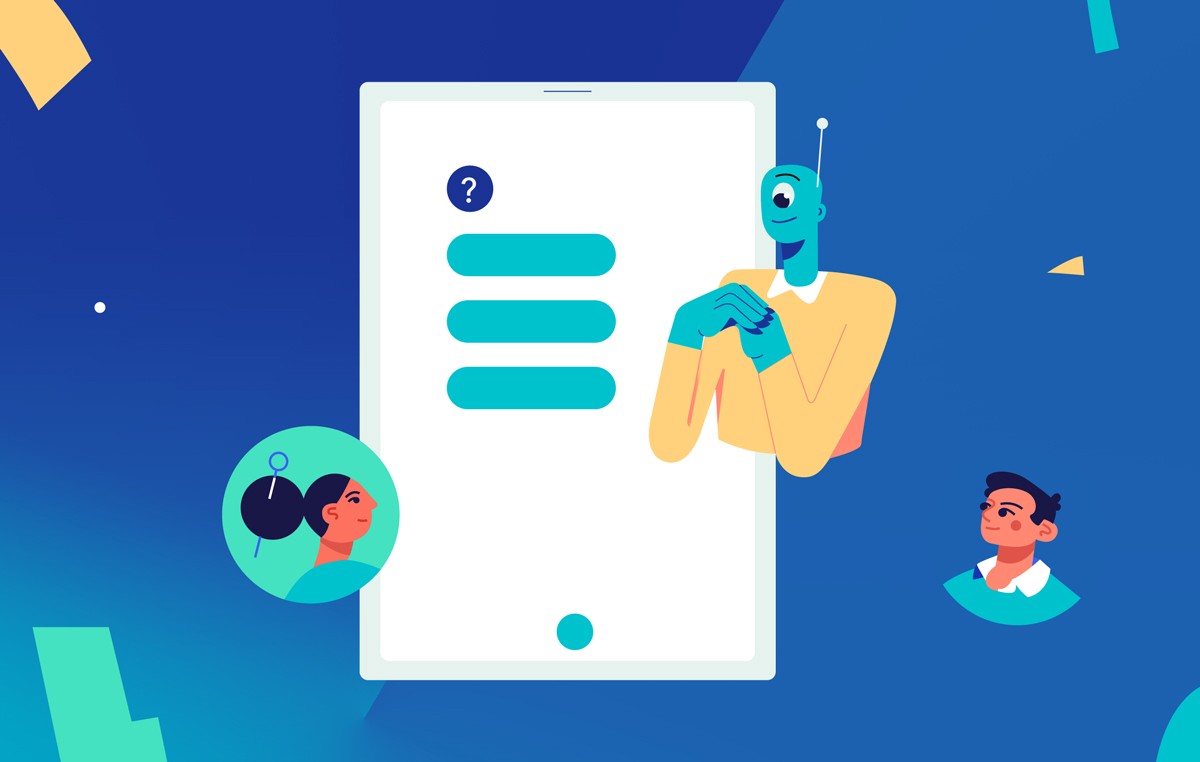Hello!
 The pandemic has caused a shortage in the global healthcare workforce, including nurses and doctors. Several reforms have been suggested by countries around the globe to address this shortage.
The pandemic has caused a shortage in the global healthcare workforce, including nurses and doctors. Several reforms have been suggested by countries around the globe to address this shortage.
These reforms include reducing the barriers international medical graduates face while practicing, as well as easing the licensing process for physicians.
The technology industry is not the only one that is changing. Conversational Artificial Intelligence, (AI), is ready to save the healthcare industry from this grave crisis.
Chatbot for Patient Engagement
The post-treatment phase can be kept engaged by patients using conversational AI in healthcare. Now we are familiar with the ways bots can help patients schedule appointments and diagnose problems. The post-treatment phase is as important if not more.
Scheduling An Appointment
 Website/app visitors can access a chatbot via a messaging interface. Chatbots can make appointments according to doctor availability. Chatbots can also be programmed to communicate with CRM systems such as Salesforce or Microsoft Dynamics to track patient visits and follow-up appointments. This information can then be saved for future reference.
Website/app visitors can access a chatbot via a messaging interface. Chatbots can make appointments according to doctor availability. Chatbots can also be programmed to communicate with CRM systems such as Salesforce or Microsoft Dynamics to track patient visits and follow-up appointments. This information can then be saved for future reference.
Emergency Case Escalation
Triaging can be a great help in a crisis like the current pandemic. Healthcare conversational AI could be used for screening patients and triaging treatment. Bots will gather data about patients’ symptoms and instruct them to take appropriate action based on the severity of their condition.
Resolving Commonly Asked Questions (FAQs)
The FAQ section is the most common component on any website. Hospitals and clinics have made this section a chatbot on their websites that answers general questions. This makes it easy for users to locate information.
Symptom Assessment
 Conversa is a symptom-checker bot that can help patients and hospitals. Chatbots can ask relevant questions and understand symptoms. The platform helps to automate care by identifying high-risk patients, placing them in touch via phone, telehealth, or e-visit with a healthcare provider, and arranging for an in-person appointment.
Conversa is a symptom-checker bot that can help patients and hospitals. Chatbots can ask relevant questions and understand symptoms. The platform helps to automate care by identifying high-risk patients, placing them in touch via phone, telehealth, or e-visit with a healthcare provider, and arranging for an in-person appointment.
Conclusion
Conversational Artificial Intelligence has dramatically improved the quality of healthcare services by automating repetitive processes. AI technology-enabled healthcare workers quickly identify symptoms and classify critical patients from less critical patients and plan their appointments accordingly. This technology is also used by healthcare professionals to collect patient information during patient check-ins. Despite all these technological advances, the healthcare sector still has a lot of room to improve on AI and other game-changing technological innovations.
Thank you!
Join us on social networks!
See you!






